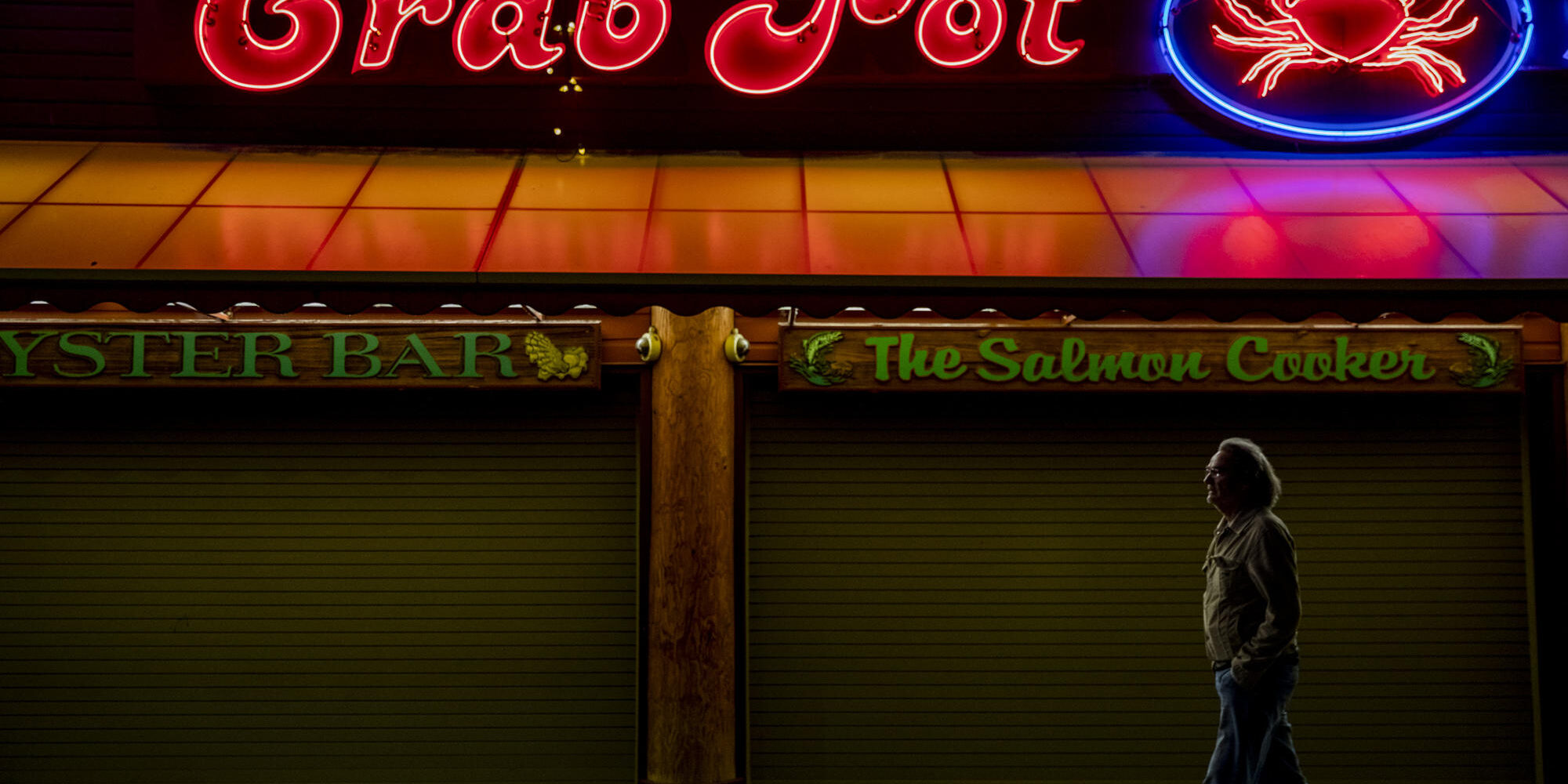8 most beautiful subway stations in the U.S.

Designed by noted Chicago architect Harry Weese in the late 1960s, the Metro Center Station in Washington, D.C., features vaulted cathedral ceilings covered in concrete coffered blocks. Shutterstock
From Curbed: If you travel the world using public transit, there will likely come a time when a subway station will stop you in your tracks. In cities from Stockholm to Moscow, the practical subway station is often elevated into an elaborate work of art.
In the United States, subways remain a utilitarian affair for the most part, focused on moving thousands of people without much fanfare. Unlike historic central train stations found in many of our big cities—like Union Station in Washington, D.C. or Grand Central Terminal in New York City—smaller metro stations are often rather drab.
The exceptions, however, are notable. Below, we’ve uncovered the most beautiful and fascinating metro or subway stations around the United States. With rich history, unique architecture, and cultural references steeped in their specific locales, these are eight stations well worth a visit.
Jedlicka’s neon saddlery sign sees its last sunset from De La Vina Street

A large, red crane moved in Friday afternoon to remove Jedlicka’s iconic western sign from the recently closed saddlery shop on De La Vina. (Credit: Josiah Jenkins)
From KCOY 12: SANTA BARBARA, Calif. – Friday brought an end of an era for Santa Barbarans, especially longtime equestrian lovers.
Jedlicka’s iconic neon sign, a brown saddle embossed with white daisies and neon letters spelling out SADDLERY, was removed from the post it hung from for decades above De La Vina Street.
Owner, Josiah Jenkins, sent photos to the KEYT newsroom showing a large, red crane as it brought the sign down from the recently closed saddlery shop.
From there, a three-mile proverbial ride into the sunset on a white truck but not necessarily put out to pasture.
Special Program: Stories From N.H.’s Route 4

Cottages at Harvey Lake have gone by many names over the years, including Ma-RU, and Ann’s Cabins. CREDIT COURTESY OF GARY TASKER
From NHPR: As one of New Hampshire’s great connector roads, U.S. Route 4 stretches across the heart of the state, from Portsmouth to the Vermont border. It snakes past all kinds of villages, antique shops, and historic markers. It connects rural areas with the busier Seacoast, Concord, and Upper Valley destinations.
NHPR hit the road this past summer for a Route 4 reporting series inspired by the people, places, and businesses that dot New Hampshire’s First Turnpike. Morning Edition Host Rick Ganley is our guide for an hour-long special broadcast. This airs Sunday at 11 a.m., or listen below, divided into three segments.
Spring Street’s revival spreads to a downtown landmark: the Trust Building

This large open room originally housed the Women’s Recreation Room per historic drawings on the 10th floor of the Trust Building on Spring Street in downtown Los Angeles. Mel Melcon / Los Angeles Times
From the Los Angeles Times: The blocks of Spring Street south of City Hall lagged behind other parts of the Historic Core in downtown’s economic recovery of the last two decades.
But now the area is experiencing a burst of real estate development expected to bring tourists, residents and office workers to the neighborhood, long associated with urban decay.
In a milestone for downtown’s Historic Core, an office building designed in the 1920s by two of L.A.’s most prominent architects has been restored for duty on a recovering stretch of Spring Street a few blocks from City Hall.
Neon is a symbol of Seattle’s past. What will illuminate its future?

A man walks in front of the Crab Pot neon sign on the waterfront in Seattle on Sept. 16, 2019.
From Crosscut: Short of the Space Needle, it’s hard to think of a more iconic Seattle sight than the red neon “Public Market Center” sign, subject of countless postcards and backdrop to millions of Instagram selfies. But the old neon signs you’ll spot as you walk around Pike Place Market are but a fraction of the neon that was once ubiquitous in mid-century Seattle.
Even some of the great neon signs of the past have been replaced with LED substitutes: As of 2013, the Rainier “R” beside I-5 is no longer made of neon, but out of 470 LED bulbs. (The original “R” now lives in the Museum of History and Industry, or MOHAI.) In 2016, the “City Light” sign in SoDo was swapped out for LED rope lighting.


